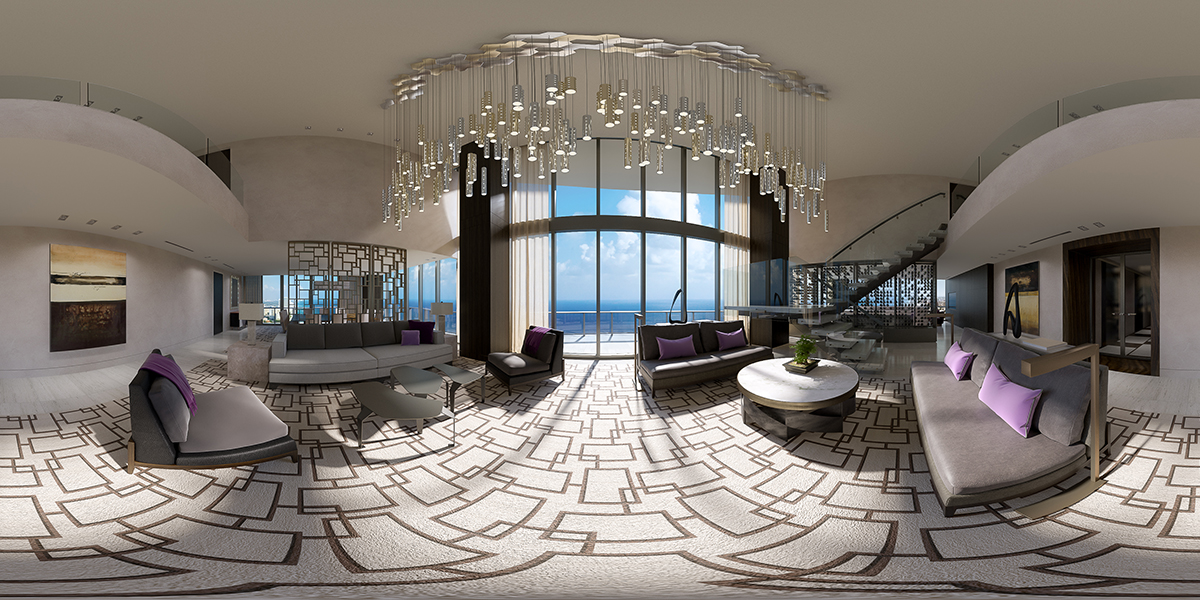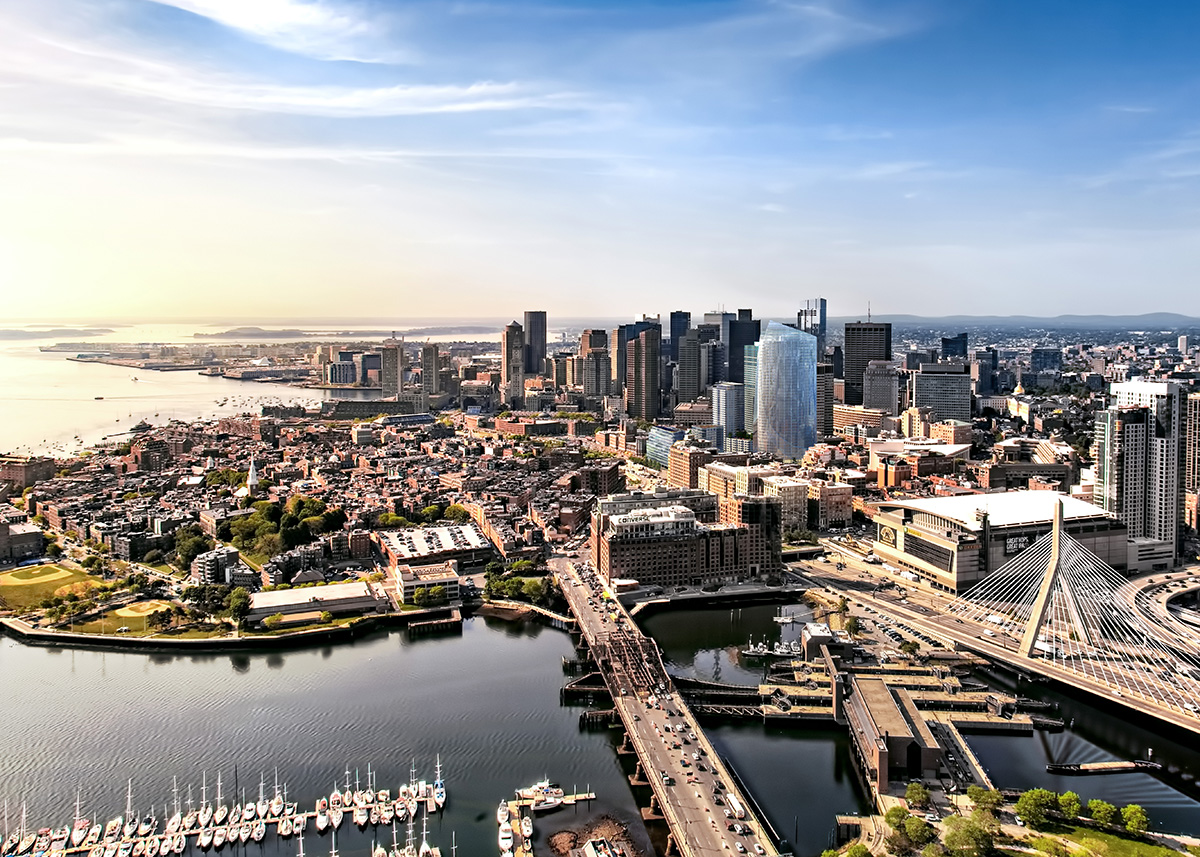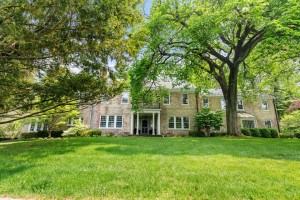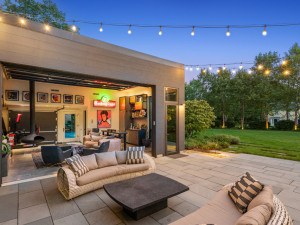Virtual Reality for Real Estate Offers a Glimpse Into the Future

Photo courtesy of Neoscape
On a recent morning in the Seaport, I was transported to Miami.
Standing inside a shipping container-turned-conference room in the offices of Neoscape, I slipped on a Samsung Gear virtual reality headset and looked around. The table and chair I’d just been sitting at disappeared, and instead I was marveling at the fanciest condo I’d ever seen. I remained stationary, checking out the living room in all 360 degrees. With the press of a button, I teleported to a bedroom, then the balcony. I wasn’t actually inside the condo, of course. But while I was exploring a soon-to-be unit in a building called the Regalia Miami, it sure felt like it.
Neoscape is a design studio that’s been making architectural visualizations and renderings for the past 20 years. On a trip to their office in the Innovation and Design Building, I was able to see how the real estate industry can make use of virtual reality, or VR—technology considered by some to be an expensive toy.
After Miami I took a quick trip to Texas, then to a white, completely empty room, and once to the edge of a cliff. I used a series of different devices, starting with a smartphone nestled inside a Google Cardboard, the Samsung Gear made by Oculus, and eventually graduating to a more sophisticated headset called the HTC Vive, which allowed me to stoop down and actually look under a virtual coffee table. Though it didn’t matter if the device was made from cardboard or had a comfy head cushion, because all of them were crazy cool to me.

A unit in Miami’s Regalia / Image courtesy of Neoscape
When Neoscape first began to introduce VR components to its clients, Neoscape founder and president Rob MacLeod realized it could deliver the scale and presence of real estate projects in an unprecedented way, albeit in a way that’s still being perfected.
“For thousands of years, people have been representing architecture by drawing or painting. So, the rule of thirds and some of the kind of basic composition rules go out the window when you’re all of a sudden in a completely virtual space and you’re not controlling the composition at every second,” he says.
Instead, the experience is unique to the viewer who’s in the virtual space.
“It’s just a different way to think about creating an experience,” says MacLeod. “It’s going to have its own rules, its own conventions, and do’s and don’ts. And that’s kind of evolving and emerging now.”
By handing clients a simple Google Cardboard headset, they’re able to see their future project from anywhere, whether that’s in the office or even at the site itself. MacLeod recounted crafting VR experiences for clients building an office tower in Texas. They walked around the concrete shell of the building with a headset on in an attempt to experience the finished space. To them, he says, it was transformational: “They were all absolutely blown away.”
MacLeod immediately knew the “before and after” effect when using a headset was an extremely powerful tool for buyers and sellers. And while I certainly got a kick out of stepping into fancy, soon-to-be condos, VR helps sellers as much as it does designers.
“For architects it [helps in] understanding design, understanding scale, what they conceived in their minds and drawn up is the right design for the clients,” says MacLeod. “It has a tremendous amount of value in the design process. That’s somewhere we help our clients is the designs, creating better architecture.”
Plus, he adds, VR is especially useful in residential development because it helps to ensure the craftsmanship of a space feels right. It also creates a non-invasive way to provide access to a building or a home that otherwise might be difficult to enter because of construction, preservation, or other factors, deeming it useful in a centuries-old city like Boston.
Right now, Neoscape is working on VR for Bulfinch Crossing, the massive mixed-use development that’s replacing the Government Center Garage, under development by the HYM Investment Group.
“When [the developers of Bulfinch Crossing] are walking around with nothing built yet, they can stand in the Greenway and I can say, ‘Put this headset on. That’s what your building is going to look like. That’s the prominent view people will have of what you’re building,'” says MacLeod.
That kind of “before and after” look into the future provided by Neoscape looks to be the future.
“As we start to learn more about how these tools get used in the real world, we’ll adapt and grow with them,” says MacLeod.

Bulfinch Crossing aerial view courtesy of Neoscape


